When it comes to choosing a city car, one of the most common questions for new drivers or daily commuters is about the drivetrain: does rear-wheel drive (RWD) feel any different from front-wheel drive (FWD), especially in urban settings? Both layouts have their passionate supporters and practical reasons for existing, but the real question is—can a typical driver actually feel and benefit from these differences in everyday city driving? This article breaks down the key factors like driving feel, turning radius, and performance in wet or slippery conditions, all through simple examples that help even driving novices understand how the mechanical layout influences the urban driving experience.
Understanding the Basics: What Are RWD and FWD?
Before diving into driving sensations, it’s important to know what distinguishes rear-wheel and front-wheel drive mechanically. In a front-wheel drive car, the engine’s power is delivered to the front wheels, which are also responsible for steering. This is the most common layout for modern compact city cars because it allows for simpler drivetrain components, better packaging efficiency, and lower production costs.
Rear-wheel drive, by contrast, means the engine’s power goes to the rear wheels while the front wheels focus solely on steering. This arrangement used to be standard in many cars decades ago and still appears in certain sporty models and luxury vehicles. It generally requires a driveshaft running to the rear, making the car’s mechanical layout a bit more complex.
For urban drivers, this technical difference translates into a few noticeable driving traits, especially when it comes to how the car handles turns, traction during acceleration, and grip on slippery surfaces.
Driving Feel: Is There a Real Difference in City Traffic?
Many casual drivers may wonder whether they’ll feel any tangible difference between RWD and FWD while navigating stop-and-go city streets. The truth is, yes—but it’s subtle and often overshadowed by other factors like suspension tuning or tire quality.
In front-wheel drive cars, the fact that the front wheels do both the driving and steering means they can sometimes feel a bit “busy.” For example, under hard acceleration out of a traffic light, the front tires have to work extra hard for grip and directional control. This can occasionally lead to a sensation known as “torque steer,” where the steering wheel pulls slightly to one side. It’s not dangerous, but it’s something new drivers might notice.
In contrast, rear-wheel drive cars separate the roles: the front wheels steer, and the rear wheels push the car forward. This separation often delivers a cleaner, more balanced steering feel. When accelerating, there’s no torque steer since the front wheels aren’t delivering power. This means you get smoother, more predictable steering input, which some drivers describe as more “engaging” or “fun,” even at low city speeds.
That said, for typical urban driving—think cruising through parking lots, stoplights, or moderate traffic—this difference is subtle. Most everyday drivers won’t find FWD unpleasant; in fact, many appreciate its stability and straightforward behavior.
Turning Radius and Maneuverability: Who Has the Edge?
Tight turns and parking lot maneuvers are everyday challenges in urban environments. Here, drivetrain layout also plays a role, though not always the most critical one.
Front-wheel drive cars usually have a smaller turning radius. Since the front wheels handle both steering and driving, their suspension and steering geometry are optimized to maximize wheel articulation. This means you can often execute tighter U-turns or squeeze into compact parking spots more easily.
Rear-wheel drive vehicles often have a slightly larger turning circle, partly due to their rear-driven axle and longer drivetrain components. However, many modern RWD models designed for urban use have suspension setups that mitigate this difference.
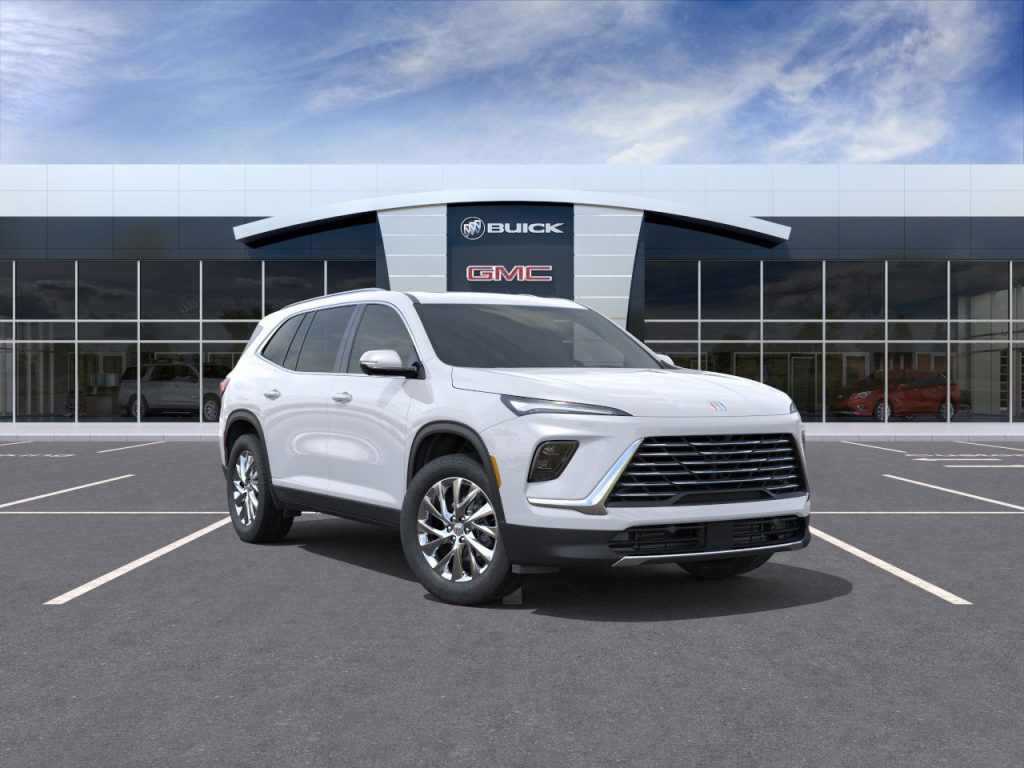
For new drivers or those constantly navigating narrow city streets, a smaller turning radius can translate to less stress and more confidence when maneuvering.
Performance on Wet and Slippery Roads: Safety Implications
One of the biggest concerns for any city driver is how a car handles in wet or slippery conditions. Weather in urban areas can change rapidly, and potholes, painted lines, or oil slicks can make roads unexpectedly hazardous.
Front-wheel drive cars generally excel in traction on slippery surfaces, especially during acceleration. Since the weight of the engine sits over the front wheels, there’s more downward force pressing the driven wheels into the road. This increased grip means that in light rain or on wet asphalt, FWD cars tend to pull themselves forward without excessive wheel spin.
Rear-wheel drive cars, however, face a natural disadvantage here. With the engine’s weight more evenly spread or even biased toward the front, the rear wheels may have less weight on them, leading to potential wheel slip when accelerating on slick surfaces. For novice drivers, this can feel like the rear end “fishtailing” or sliding during aggressive starts.
That said, modern RWD cars often come equipped with electronic stability control (ESC), traction control systems, and advanced differential setups that greatly reduce these risks. Still, in terms of pure physics, FWD offers a safer baseline for wet urban driving, especially for inexperienced drivers or those living in climates with frequent rain.
Everyday Examples: Comparing Popular City Cars
To illustrate these differences in a practical way, consider two widely available city cars: the Toyota Corolla (front-wheel drive) and the Mazda MX-5 Miata (rear-wheel drive).
The Corolla is designed primarily as a practical, fuel-efficient commuter. Drivers appreciate its predictable handling, tight turning radius, and confidence in rain thanks to its FWD layout. It doesn’t deliver much excitement but consistently handles the urban grind with ease.
The MX-5 Miata, on the other hand, offers a distinctly different feel. As a small rear-wheel drive sports car, it provides sharper steering feedback and a lighter front end. While not typically a daily city commuter, its driving dynamics highlight how RWD delivers a more connected and engaging experience. However, its turning radius is larger, and wet road grip requires more careful throttle application.
These examples show that while the average commuter might not crave the nuances of RWD, drivers who enjoy a spirited urban drive can find real pleasure in the layout.
How to Choose Based on Your Needs
If you’re a new driver or urban commuter primarily focused on convenience, predictability, and safety, front-wheel drive cars often make the most sense. Their packaging efficiencies also tend to offer more cabin space in a compact footprint—a boon for city parking and daily errands.
For drivers who value the “feel” of the car, like a lighter steering touch and more dynamic responses—even at low speeds—rear-wheel drive can add enjoyment to city driving, provided you’re comfortable with its slightly trickier behavior in poor traction.
Additional Factors That Influence Urban Driving Feel
It’s important to note that drivetrain is only one piece of the puzzle. Suspension tuning, tire choice, power output, and even seat comfort can significantly impact how a car feels in stop-and-go traffic. Some FWD cars may have sporty suspension setups that mimic the crispness of RWD, while others might feel soft and floaty.
Similarly, many RWD cars today come with sophisticated electronic aids to compensate for traction disadvantages. These safety features blur the traditional lines between FWD and RWD.
Conclusion: Yes, But It Depends on You
In short, you can feel the difference between rear-wheel and front-wheel drive in urban cars, but how much you notice depends largely on your driving style, environment, and priorities. For cautious city drivers prioritizing ease and safety, front-wheel drive offers undeniable advantages. For enthusiasts who want a more connected, engaging steering feel and don’t mind a learning curve in tricky conditions, rear-wheel drive can bring a richer driving experience.
Understanding these nuances helps new drivers and city commuters make more confident decisions, ensuring that their chosen car fits both their lifestyle and driving expectations. Whether it’s the predictable traction of FWD or the spirited balance of RWD, the right drivetrain can enhance your daily urban journey.

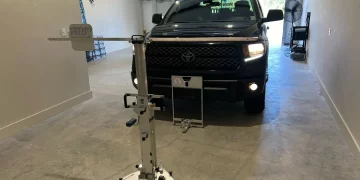

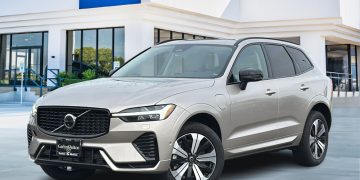


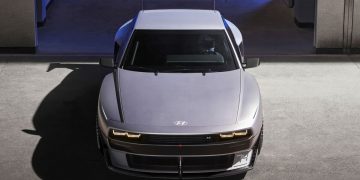
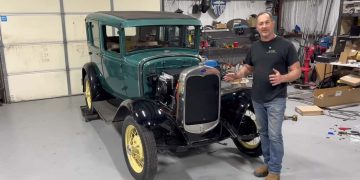

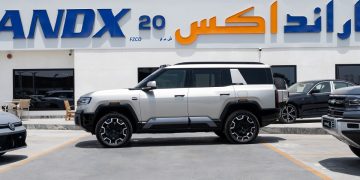











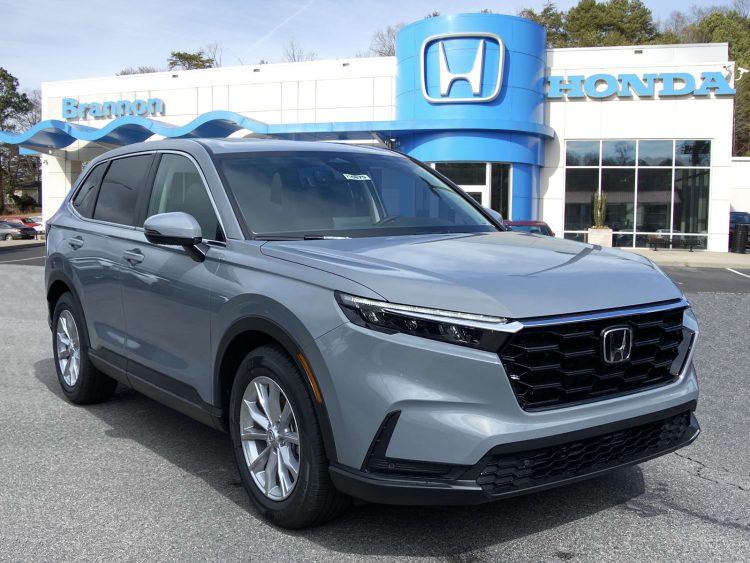












Discussion about this post